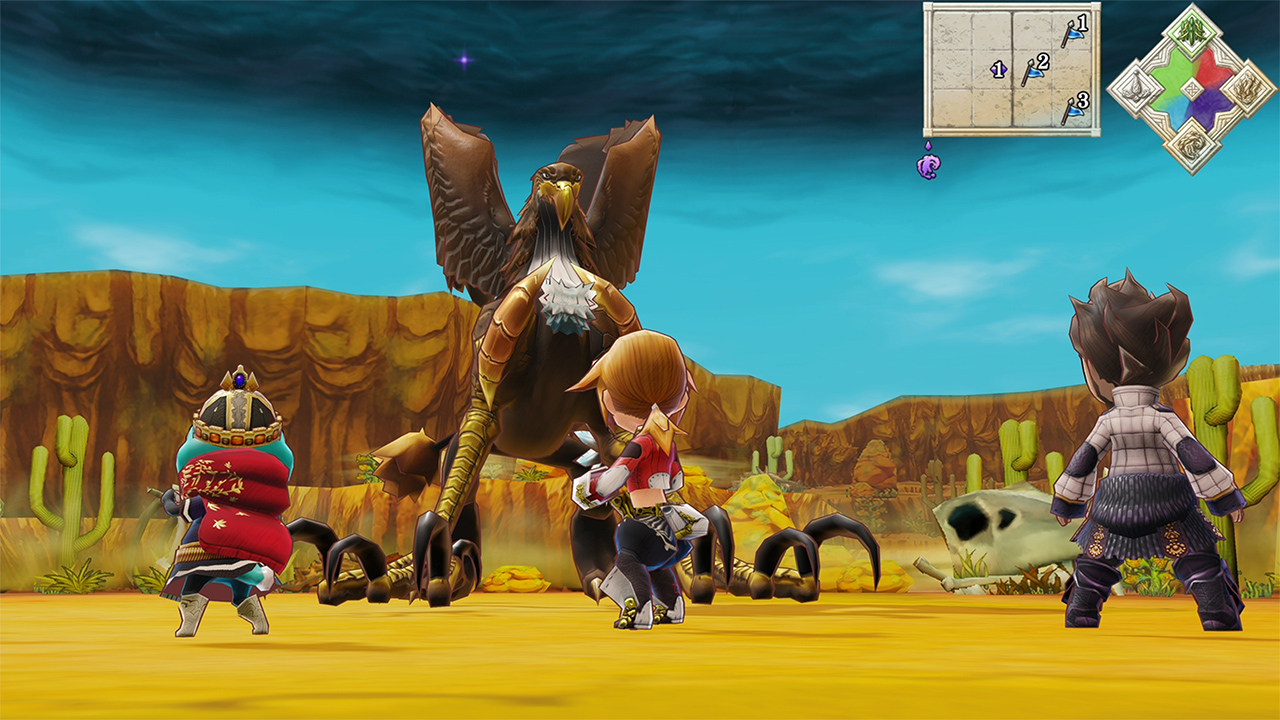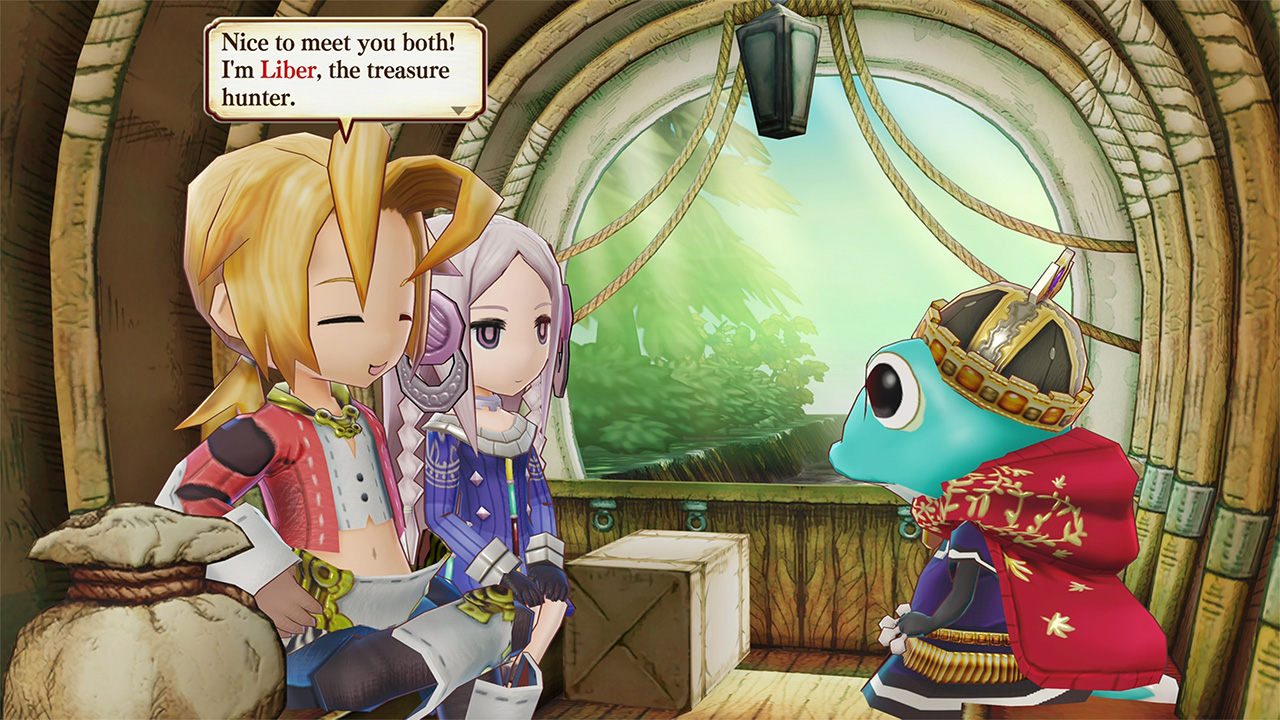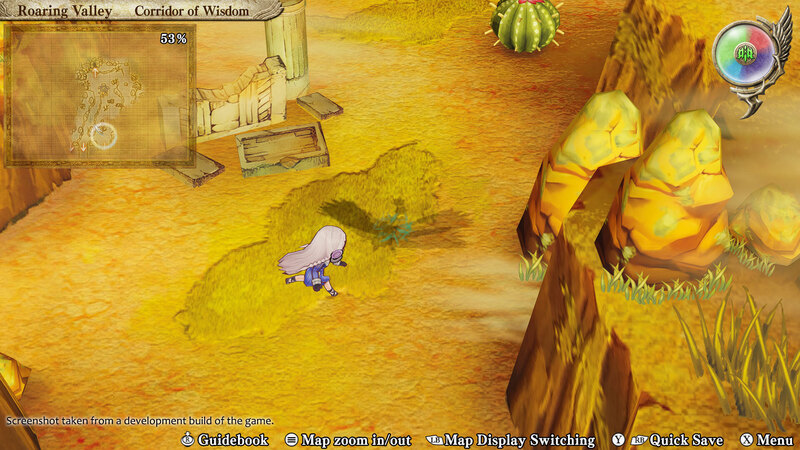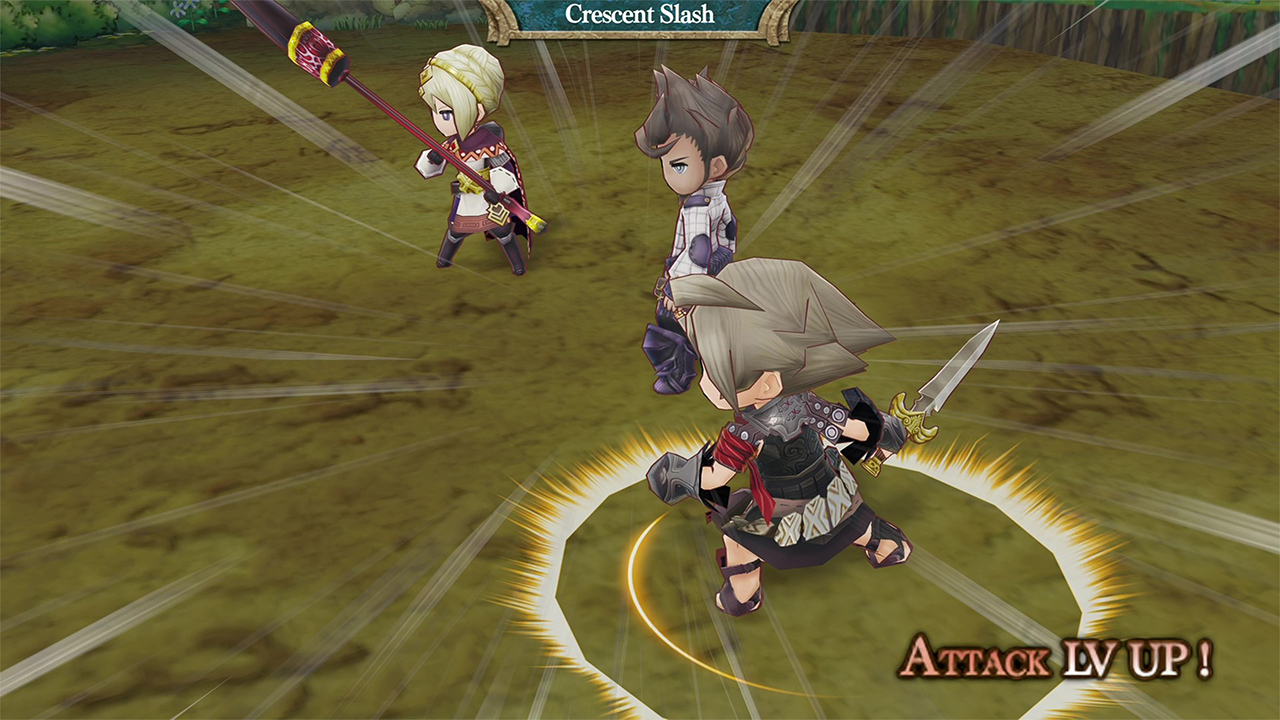What becomes a legend most?
Do you sometimes go to a restaurant and think, “I really like this place; I should come here more often,” then forget about it for the next six months? That’s The Legend of Legacy HD Remastered. It’s an OK game while you’re playing it, but it’s not likely to stick with you.
The problem begins with the title, really. The Legend of Legacy could just as easily be The Legacy of Legends, The Quest of Adventures, or The Battle of Combat. It’s too generic to hook you, and it somewhat betrays the unique concept of the game. At least this time they’ve added HD Remastered to the title, as this is an updated port of the original Nintendo 3DS release from 2015. The game was developed by FuRyu featuring a staff with numerous connections to Final Fantasy and SaGa. As such, it’s not surprising the game is clever and well made. It is surprising that it failed to hook me.
You begin the game by selecting one of seven heroes as your protagonist. You’ll eventually meet and can recruit the others, but this does provide some replay value by altering the game’s opening frames and conclusion. You’re then tasked with pretty much nothing more than exploring the island of Avalon. A story about the ancient history of Avalon is revealed through the collection of “Singing Shards,” and these revelations affect the future of the island and our seven heroes. Each gets a unique ending, none of which are grand adventures. It’s a small, tightly contained story that’s actually a welcome reprieve from the typical “village farmhand goes out to collect nuts and ends up fighting god” approach to JRPGs.
The problem with a minimalist story, however, is that other elements have to carry the game. Is it the visuals with The Legacy of Legends? No, although they’re kind of fun for a remastering of a nine-year-old game. The chibi characters have a nicely textured, illustrative look that helps them pop out from the scenery. The backgrounds are a bit muddy, but their heavy color saturation gives them plenty of life. And I like how landscape elements pop into place as you roam around the island. If exploration is half the game, they’ve at least made that exploration pleasant to look at.
The soundtrack is equally fun, but I’d expect that from Masashi Hamauzu, whose work you’ll know from numerous Final Fantasy games, amongst others. It does a good job of meshing with the brisk pace of the gameplay.
That gameplay involves turn-based combat that centers around positioning. Before a turn, you select which position to put your party in. These can focus on offense, defense, support, etc, and they directly affect your abilities during that turn. Progressing through the game unlocks more positions, thereby giving you more weapon abilities. And the more you use those weapons, the more proficient you become with them. Using them enough in battle releases Awakened skills for more powerful attacks, so there’s plenty of strategy involved with combat progression.
The problem with that combat, however, is the difficulty spike with bosses. They all have a particular way to be defeated, and if you’re not adept with that method, they become annoyingly difficult. What’s fairly simple with your group in one playthrough can require a heavy amount of grinding to overcome with another. I suppose this makes multiple playthroughs more rewarding, but it doesn’t change the aggravation of finding yourself woefully unprepared for a boss when you’ve been cleaning house against the enemies leading up to it.
I’ve seen this combat system compared to the SaGa series, which I haven’t played. I have, however, played The Alliance Alive, a similar game from FuRyu released two years after The Legend of Legacy on the 3DS. The Alliance Alive got a similar Switch HD remaster back in 2019, and it’s interesting to compare the two. They share combat mechanics, but The Alliance Alive focuses more on story and less on exploration. It’s a more typical JRPG in that regard, but there, the overworld ends up interfering with the game’s progression. In The Legend of Legacy, exploring the environment is a core component of the gameplay. Completing the maps is required for progression, but the story gives you little reason to do so.
Combine these two games, and I think FuRyu would definitely have a winner. Separated, they’re more like two halves of a whole. Going back to my opening restaurant analogy, it’s like one has good food, the other has a good atmosphere, and never the twain shall meet. Both of these games have elements that make them fun to play, but lack the pieces to get full recommendations. Playing them side by side could be an interesting experiment for JRPG fans, but neither is a must-play on its own.
Review: The Legend of Legacy HD Remastered (Nintendo Switch)
Fair
The Legend of Legacy HD Remastered for Switch does a decent job of modernizing the visuals of the 2015 3DS game, but the important issues from the original still remain. Its lack of story and the difficulty spikes with its unique combat system make it hard to recommend to anyone other than the most fervent of JRPG fans.






